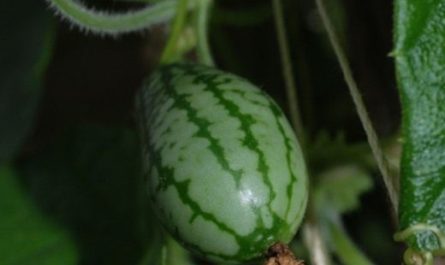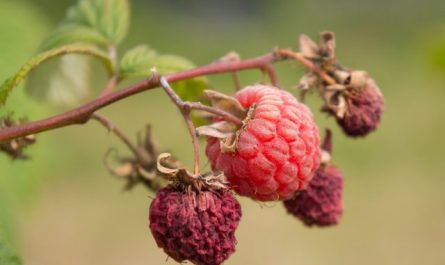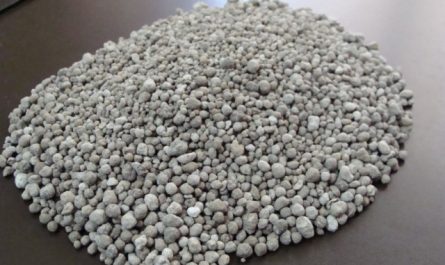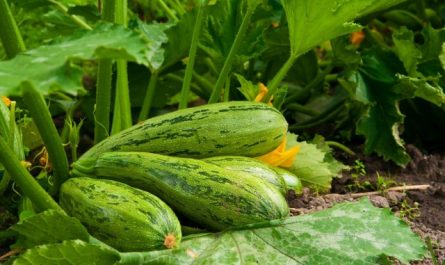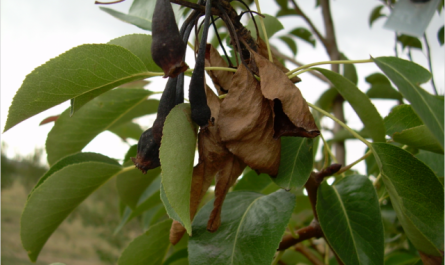Sesame seeds are very actively used in cooking, we see them in baked goods, in Japanese cuisine, and as the main ingredient in many food products, such as halva or tahini. At the same time, few people think about what the plant itself that produces these seeds looks like, because it grows in a hot climate. In this article, I will tell you how sesame grows and describe my experience of growing seeds in the middle zone.

Sesame – Botanical Information
Sesame (Sesamum) is a member of the Pedaliaceae family and is a tropical perennial plant native to Africa and India.
Depending on the species and growing location, sesame bushes grow to a height of 40 cm to 1,5 meters, sometimes higher. It has thick stems of square cross-section. The leaves are opposite, 4-14 cm long, with an entire or serrated edge. In shape, they are entire, broadly lanceolate, but can be lobed up to 10 cm in width. The leaves are larger at the base of the bush, and decrease to 1 cm in width on the flowering stem.

During flowering, one to three flowers appear in the leaf axils. Sesame has drooping bell-shaped flowers that are somewhat similar to foxgloves. The flowers can be white, pink, purple or blue. They are tubular in structure, 3-5 cm long, with a four-lobed throat. Bees love sesame flowers, and the honey from this plant is very tasty and in great demand.
The sesame fruit is a narrow obconical capsule up to 0,7 cm ( in) in diameter, similar in appearance to a pod. The seeds vary in color depending on the variety, and can be white, brown, red, or yellowish-brown. The seeds are tiny, and a single seed pod can produce hundreds of seeds. The seed pods open when dry, allowing the seeds to disperse.
The name “sesame” in different languages comes from Latin, Greek and Semitic words meaning “oil” or “liquid fat”. Sesame seeds are not only high in calories, but also contain fats, proteins and carbohydrates, and several valuable minerals and B vitamins.
Sesame is known as an “oil crop,” and is one of the oldest cultivated plants known in human history. In China, it has been grown for nearly 5000 years. Sesame seeds have a high oil content, making them highly nutritious. The rich, unique nutty flavor is found in tahini paste, one of the most common products made from sesame. It is also used in many commercial baked goods, including breads, cakes, and cookies.

Important conditions for growing sesame
To produce a good harvest, sesame must have very hot and dry growing conditions, which makes its cultivation a problem for gardeners who do not live in zones with the appropriate climate. However, it is possible to obtain a harvest in the middle zone when growing seedlings.
Although these plants are generally tolerant of very poor growing conditions (poor soil, high temperatures, drought), the best sesame yields are obtained in fertile, well-drained soil.
Sesame is very hardy, but it needs good drainage when growing. Sesame does not tolerate standing water, wet or heavy clay soil, salty soil or salty sea air. Sandy, loamy soil is a good option.
Sesame needs lots of direct sunlight and loves warmth. If you take steps to increase the heat around the plants, they will be more productive. In cool climates, you can plant them next to a stone or brick wall for extra heat retention. You can also plant them in a raised bed or in the ground, using black plastic sheeting as mulch on top of the soil.
While regular watering is important for germination and establishment of young plants, mature sesame plants do not require much water. It is best not to place sesame plants near other plants that are regularly watered. Providing them with their own raised bed or part of the garden ensures appropriate low humidity.
It is also a good idea to plant sesame near other drought-tolerant plants (such as lavender, thyme or sedum). Avoid using drip irrigation as this can kill the plants.
Adult plants do not require additional feeding. But young sesame bushes need nitrogen fertilizers for foliage growth before flowers begin to form.
Growing Sesame from Seeds
Sesame takes 100-135 days to reach maturity, and growing seedlings indoors guarantees a successful harvest in the middle zone. In our climate, sesame seeds cannot be sown directly into open ground. Seedlings should be sown four to six weeks before the approximate date of the last frost.
Sowing is done in trays filled with a ready-made universal mixture for growing flowers or vegetables. When sowing, you need to lightly sprinkle the seeds with substrate. Maintain moisture until they germinate, then water once a week or so.
The optimum soil temperature for sesame germination is 21°C. Seedlings usually appear in 10-14 days. Grown seedlings need to be pricked out or pulled apart. They will be ready for transplanting into open ground as soon as the outside temperature reaches 20 degrees. Plant young bushes quite densely at a distance of 15 cm, in rows 60–45 cm wide.
Sesame is an indeterminate plant, meaning it will continue to flower and set seed pods throughout the summer for a long period, with peak flowering in July and early August.
Harvesting sesame
Around late summer, some of the pods at the base of the stem (the first flowers to open) may begin to show signs of maturity. As they mature, the “pods” darken and begin to split at the ends.
As the crop matures, the foliage darkens and more pods open from the base of the stem upward. Once most of the pods have opened, cut the stems and tap them against the sides of the bucket to collect the mature seeds.
Don’t worry if full ripening doesn’t occur in the garden. Before the cold, wet weather sets in, cut the sesame stalks off at the base and collect them indoors to dry.
The stems need to be laid out to dry on a flat horizontal surface, as hanging them will cause the seeds to simply scatter when the pods dry out.
Sesame seeds store well and resist spoilage better than most nuts and similar seeds. They can also be roasted, pressed to produce oil, or ground into a paste known as tahini.

My experience growing sesame in containers
Knowing about the heat-loving nature of this crop, I decided to grow it in a greenhouse in containers. This method allowed me to sow the seeds early in the spring, take the plants outside in the summer, and bring them back into the greenhouse in the fall if the harvest did not have time to ripen before the significant cold snap.
To grow sesame, I chose two five-liter technical containers. I bought the seeds of this plant from a collector, although I suppose that you could sow the most ordinary raw sesame from the supermarket and get exactly the same result.
I decided to plant two varieties (with black seeds and white seeds), in the hope that they would produce flowers of different colors.
I admit, I was interested in sesame not so much as a food plant, it appealed to me more as an ornamental plant. When I saw photos of sesame flowers, very similar to foxglove, I had a strong desire to see a blooming sesame in real life and get personal experience of growing it.
I sowed the seeds in April directly into the containers in which the plants were to grow. Germination took about a week. After the shoots emerged, I left 1-2 of the strongest sprouts in each container and removed the rest. The plants developed quite quickly.
I saw the first sesame flowers in July. They really did resemble foxgloves, but were smaller in size and not as bright. The main color of the flowers was white with a slight pinkish tint, the speckles inside the throat were barely noticeable. The flowers were covered with the same hairs as the rest of the plant. Both the black and white varieties bloomed the same way. The blooming was not very abundant, and 2-4 flowers could be seen open on each stem at the same time.
Each flower was immediately replaced by a green box, which was in no hurry to turn brown. The mass ripening of seeds began in September. At that time, the weather deteriorated, it rained more often, it became quite cold at night, and I, as planned, brought the containers with sesame into the greenhouse again. I did not manage to remove one of the plants in time and during the light night frosts its leaves were damaged, but the seeds continued to ripen in the greenhouse.

The sesame harvest could be collected in mid-late September, when all the boxes darkened and cracked. The seeds turned out to be exactly the same as those of store-bought sesame in size, taste and shape. Of course, the harvest from several plants was not rich, but it is still very pleasant to use your own sesame in baking.
Thus, my experience shows that sesame is not difficult to grow in the middle zone. When grown using seedlings, it has enough time to ripen. If the capsules do not have time to darken and open on the bush due to weather conditions, they can be easily cut and brought indoors to ripen.
